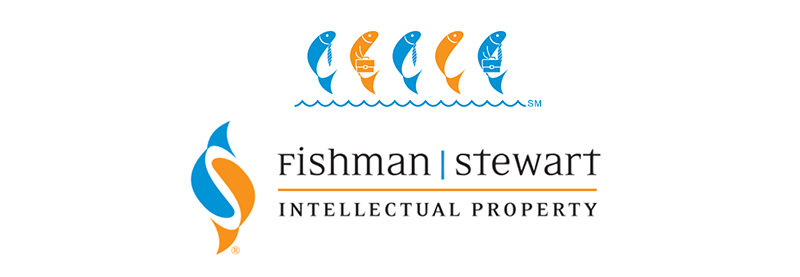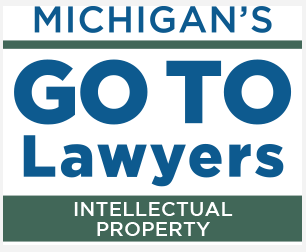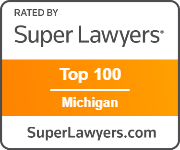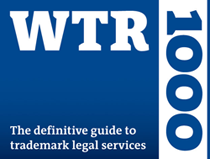Intellectual Property Insights from Fishman Stewart PLLC
Newsletter – Volume 21, Issue 14
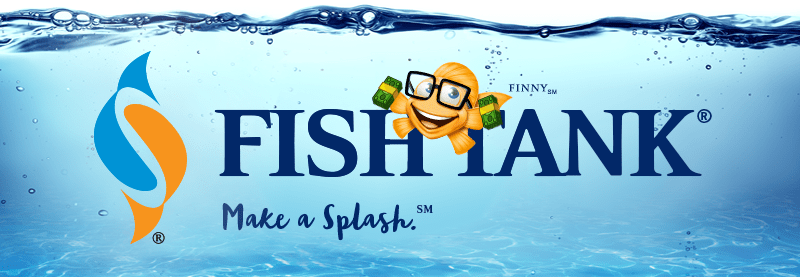
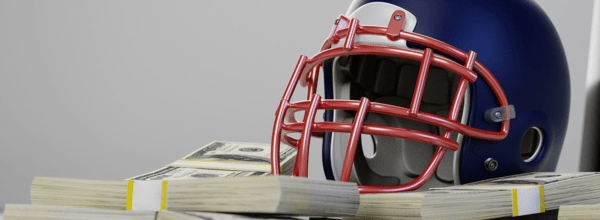
The Supreme Court Unshackles College Athletes From Anticompetitive NCAA Rules
On June 21, 2021, the Supreme Court of the United States in National Collegiate Athletic Assoc. v. Alston unanimously held that, by imposing restrictions on compensation to Division One college athletes, the NCAA and eleven Division One conferences violated Section 1 of the Sherman Antitrust Act, which prohibits “contract[s], combination[s], or conspirac[ies] in restraint of trade or commerce.”
Although the decision itself is fairly narrow in scope, the ramifications have been immediate. On Wednesday June 30, 2021, the NCAA announced an interim policy that, effective July 1, 2021, allows student athletes from all three divisions to monetize their name, image and likeness, often referred to as “NIL.” Eight states have already passed laws allowing student athletes to make money from NILs. Unless any college independently adopts NIL restrictions (which presumably it would not do for fear of recruitment disadvantages), or any state legislature adopts the restrictions, the abolition of NIL policies by the NCAA enables student athletes in every state to create and sell branded merchandise showcasing their likenesses, images and/or names.
Not surprisingly, this confluence of events has already unleashed a torrent of commercial activity. As examples, University of Arkansas wide receiver Trey Knox, alongside his Husky, Blue, signed an endorsement deal with PetSmart. Hanna and Haley Cavinder, twin sisters who play for Fresno State’s basketball team, flew to New York soon after midnight on June 30th to sign an endorsement deal with Boost Mobile. Unilever apparently plans to spend $5 million in partnerships with college athletes promoting the deodorant brand Degree. Athlete marketing platform Opendorse.com projects that the NIL market could hit $500 million in 2022 and $1 billion per year after that.
And, where there’s commercial activity, intellectual property protection is not far behind. Following the Supreme Court decision, on June 25, 2021, Graham Mertz, a quarterback for the Wisconsin Badgers, filed with the United States Trademark Office an application for a trademark featuring his initials, GM, for the sale of shirts, sports caps and hats, ![]() and launched his “wearables website.” The University of Central Florida has already created a website with guidelines on how to build and grow a personal brand, how to secure endorsements and sponsors, the science of negotiating a deal, licensing and endorsements, and how to run a business and protect your intellectual property.
and launched his “wearables website.” The University of Central Florida has already created a website with guidelines on how to build and grow a personal brand, how to secure endorsements and sponsors, the science of negotiating a deal, licensing and endorsements, and how to run a business and protect your intellectual property.
It is obvious that the U.S. Supreme Court decision in Alston not only has opened new markets for athletes, it created a vacuum just waiting to be filled by PR firms, marketing firms, branding firms, clothing designers and manufacturers, web site developers, social media consultants and not least, even lawyers. If fostering competition is the purpose of the antitrust laws, those laws were well served in this decision. The question now is, what is to become of salary caps in professional sports?

Upcoming Webinar:
Unlock, Protect and Increase Business Value Through Digital Transformation
Companies that deploy and leverage digital transformation strategies improve efficiency, acquire valuable assets, and streamline innovation. Join the Michigan Manufacturers Association, the digital innovation experts at Twisthink and intellectual property attorney Doug LaLone from Fishman Stewart to learn what digital transformation is and how manufacturers are using the power of connectivity and automation to deliver new value.
Webinar Date: July 21, 2021, at 8:30AM EDT.
IDENTIFYING, SECURING AND ADVANCING CREATIVITY®
